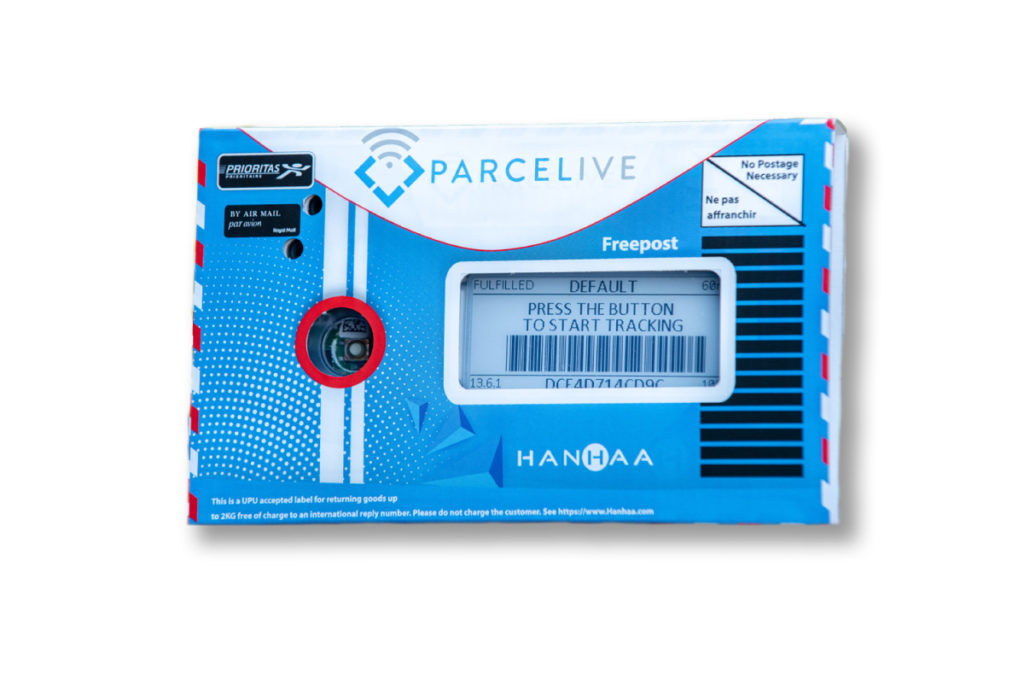Imagine: Your small boutique firm has finally taken the next big step in your evolution as a company and launched a seller site on Amazon.com with cross-selling potential on Alibaba.
You’ve done your homework and thrown your lot in with the ‘big boys’. This is to say, you have decided to join the likes of high-end fashion elites Gucci and Prada in taking a bite out of the nearly €3.5B spent last year alone on sneakers.
But no sooner have you started selling and shipping, then you receive some negative, and concerning, seller feedback stating your Jordan-, Kanye-, and Pharrell-branded products are not the real McCoy.
You rage, But they are! until suddenly realizing you have no way of knowing whether a driver or warehouse associate took them for a spin or swapped them outright.
So, how do you solve this problem and ensure it never happens again all while simultaneously ensuring top-seller status on e-commerce platforms the world over?
Easy: Invest in the right tracking software and technology upfront so you can get back to monitoring trends and staying on top of those high-end luxury brands.

Supply chain managers, professionals, and logisticians are well-versed in the often volatile, uncertain, complex, and ambiguous business environment in which they operate. They specialize in the movement of goods or products in order to ensure that the right item reaches the right customer at the right time and in the right quantity for the right price.
This value chain, however, is growing increasingly strained when taken to the extreme, as has been the case with Amazon and the e-commerce giant’s last-mile delivery system that can go from a click to parcel arrival in less than one to two hours.
This amount of velocity in the supply pipeline is now outpacing older forms of tracking and ensuring product integrity in the form of barcode readers or handheld scanner. This means that products are growing more and more susceptible to tampering and outright theft as personnel within warehouses grow aware of poor tracking procedures being practiced by retailers.
When taken to the extreme, and assuming ill-will or negative intent, drivers and warehouse employees will go after high-value goods such as luxurised sneakers, handbags, clothing, and jewellery so as to sell them on eBay or Craigslist at maximum profit.
Some companies suggest using big data and AI to flummox such counterfeiters, but no sooner is one tactic rolled out to market, such as digital recognition software, then it becomes obsolete in the never-ending battle to stay one step ahead of the counterfeit machine.
Going back to the ‘old school’ or loss prevention methodology means staffing, paying, and, ultimately, passing along those costs for warehouse police to consumers. This on top of shoes that range in price from $400 to over $10,000.
The solution, of course, lies somewhere in between this physical space and entirely virtual world.
Enter ParceLive, a real-time tracking service that provides users with location, condition, and security assessments on their assets regardless of the country or route.
The online monitoring platform receives updates from physical GPS transponders affixed, discretely, to shipments. These real-world assets will alert all parties within the supply chain of whether a parcel has been dropped, opened, tilted, exposed to environmental extremes, and other unintended movements.
The software platform as well as tracking tag are user friendly and come with customer support as well as network insight training guides.
What’s more, and as will be discussed, the output data also enables supply chain managers and logisticians to learn more about the current routes and optimise them toward shorter distances with a much larger reduction in the company’s carbon footprint, truck maintenance costs, and the like.

As a small business owner or someone just new to the e-commerce seller platforms, investing in tracking technology might seem like something that can wait.
This would be a mistake, of course, since one bad review can result in profit losses, decreases in customer goodwill, or worse: insolvency.
What’s more, and taken within the greater global context and the shift toward corporate social responsibility, counterfeit products as well as stolen goods account for nearly half a trillion dollars’ worth of merchandise in the US alone.
Thus, and in not taking the simple action of affixing one transponder to a single pair of luxury sneakers, means passively allowing a cycle of blackmarket crime and violence to coexist in a world where it no longer should.
Protecting product integrity in a digital and physical world, therefore, is not only good for business, but good for society.







